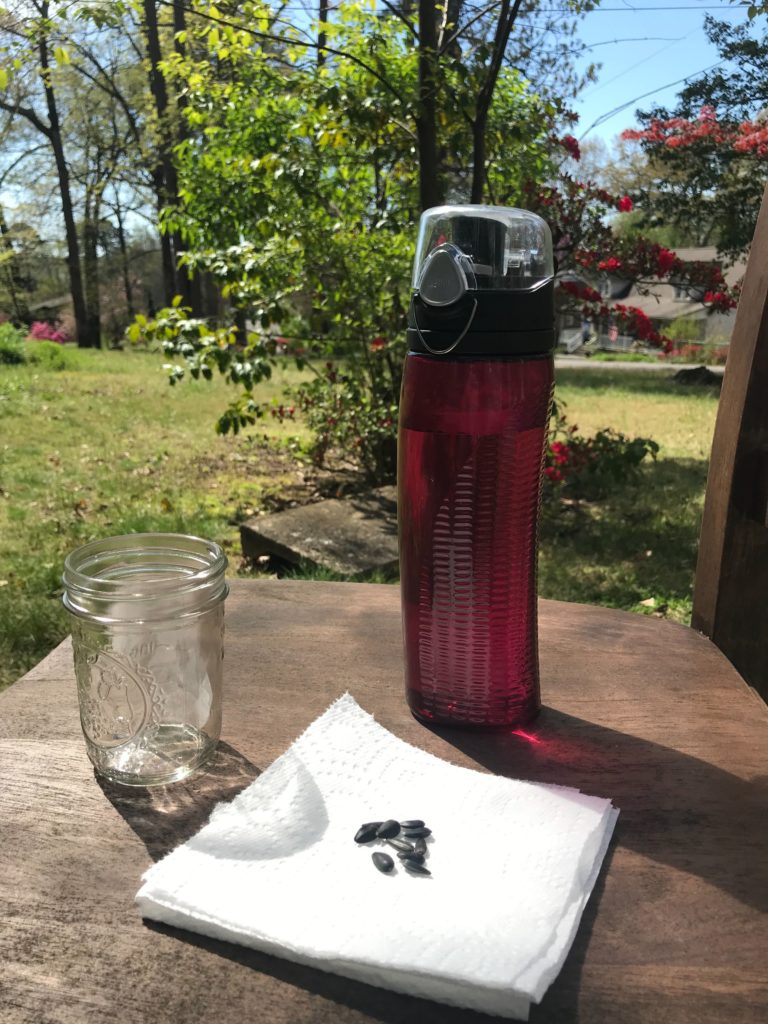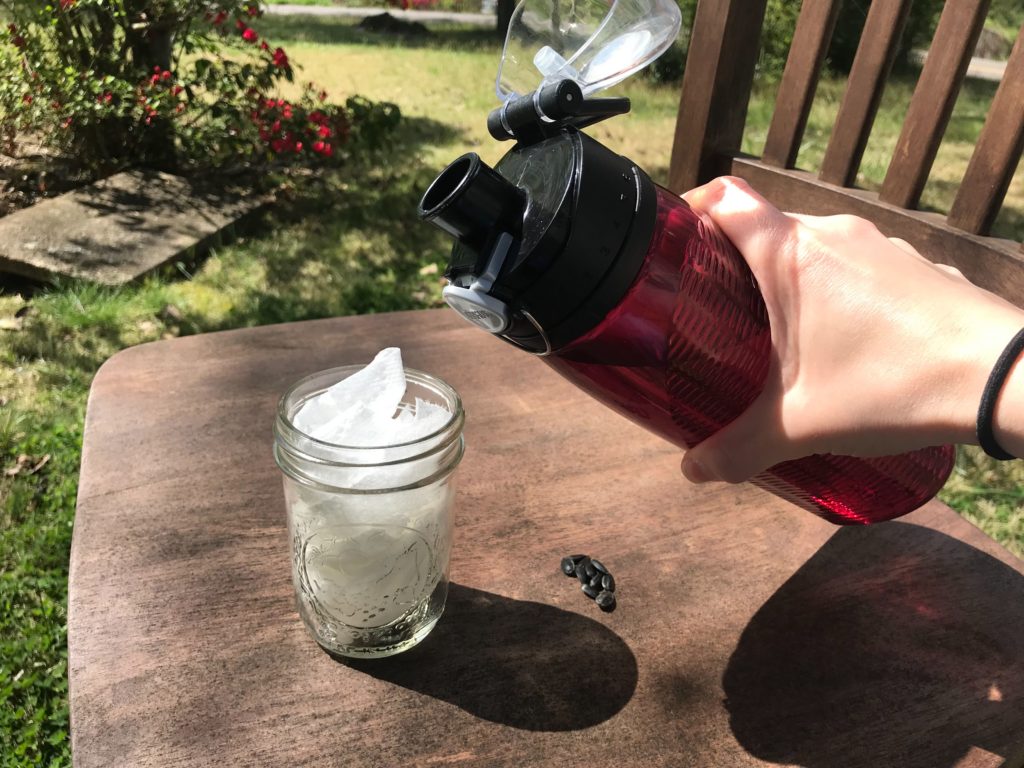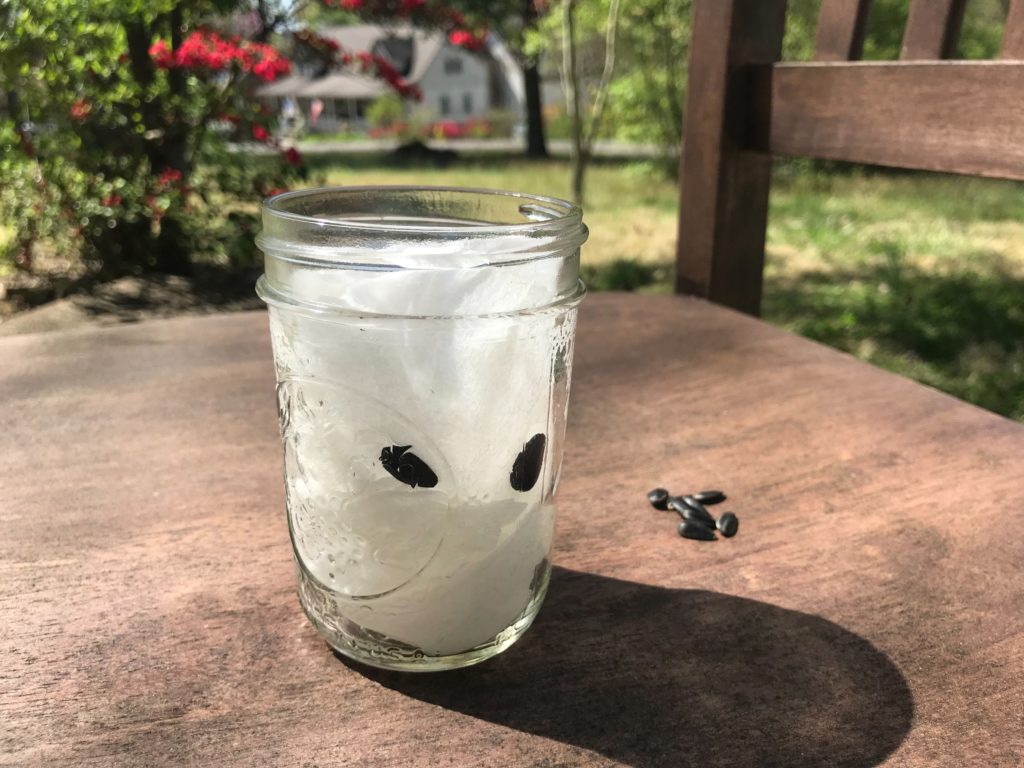Spring has sprung, and we are ready to embrace the season! Join the McClung’s team and participate in our #sproutchallenge. We will plant seeds, create a virtual community garden, share our observations, and consult with experts at the museum. Each week we will offer updates on the project along with educational resources and exciting content on the relationships between plants, food, and people. Be part of the McClung project from home by creating your own garden and joining the weekly discussions with questions, comments, and images of your sprouts!
Here is how to get started:
Materials
- Clear glass jar or plastic cup
- Paper towels
- Water
- Seeds. We recommend: corn kernels or dry beans. Here are some alternative options: sunflower seeds, quinoa, pumpkin seeds
- Optional: Sprout log or journal

Instructions:
- Step 1: Place paper towels inside of the cup (container).
- Step 2: Moisten the paper towel with water.

- Step 3: Place seeds inside the cup between the paper towel and the inner wall of the cup. Make sure you have a clear view of the seeds’ position.

- Step 4: Place the experiment in a sunny area in your home.
- Step 5: Keep paper towels moisten throughout the process.
Did you know that plants play an important role in understanding the past? In fact, the museum is fortunate to have an expert in this field, Dr. Kandi Hollenbach. Dr. Hollenbach is a paleoethnobotanist, and she is in charge of the museum’s paleoethnobotany collections and lab. Paleoethnobotanists study the relationships between people and plants from long ago. These specialists not only identify plant remains from archaeological sites, but they also research the ways in which past peoples were interacting with plants. Can you think of any plant foods we use today that were also an important part of past people’s lives?